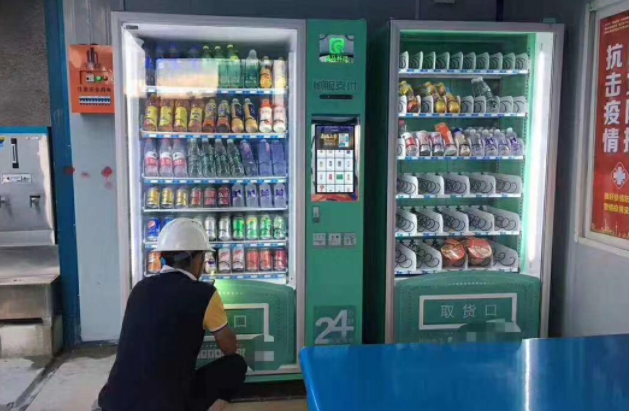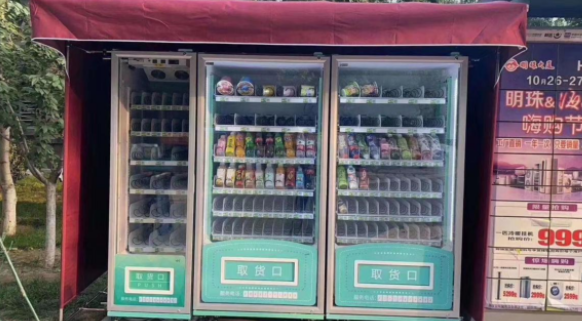RFID, image recognition and other technologies help unmanned vending machines sell goods
Nowadays, the development of unmanned retail is very fast. I believe most people have a certain understanding of traditional vending machines, smart vending machines and open shared shelves.

The sharing economy also means sharing. It can be said that this is the touchstone of the quality of residents. The high loss rate of unmanned shelves and shared shelves makes it difficult for such projects to disappear completely. Therefore, after combining the advantages and disadvantages of unmanned vending machines and unmanned shelves, unmanned sales appeared. The method of selling goods in unmanned vending cabinets is very simple. After the user scans the code or swipes the card to open the door, select the product from it and close the door, the machine will automatically settle the payment according to the product selected by the customer. The hardware cost of this type of machine is much lower than that of a traditional unmanned vending machine, and it is suitable for large-scale laying. The success of this type of machine lies in its powerful risk control program and system software, mainly through the following two methods:
1. RFID identification Each product is affixed with a corresponding RFID tag, which contains the specific information and price of the product. When the customer takes the product, the RFID identifier on the door will identify the product so that the system can know what product the customer took, and automatically deduct the product from its Alipay account (the customer allows the automatic deduction agreement, and the customer scans the code. The door can be opened).

2. Alipay's image recognition The face recognition and product recognition system produced by Alipay has been applied to vending machine products. First, input the product information to be sold into the product library through modeling. After the customer opens the door to pick up the goods, the system compares the number of products before and after the cabinet to determine who has taken which product, and then automatically settles the payment from the Alipay account.

Unlike Alipay and WeChat's facial recognition cash registers that use "facial recognition mobile phone number" as user identity verification, UnionPay's "facial recognition payment" uses "facial recognition payment password" as payment verification.
Through the above two methods, we can find that if RFID identification is used, although this method is very simple in design and the difficulty is relatively low, the later cost is relatively high, because the product needs to be affixed with an RFID identification tag, which requires Consume a certain amount of manpower and material resources. Although Alipay’s image recognition requires a high software development cost in the early stage, the later use cost is very low, and there is no need to modify the product label. This is already the mainstream solution for unmanned vending cabinets. For unmanned vending cabinets, it is indeed much more convenient to scan the code/scan your face to automatically open the door, take away the goods and automatically close the door!






